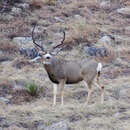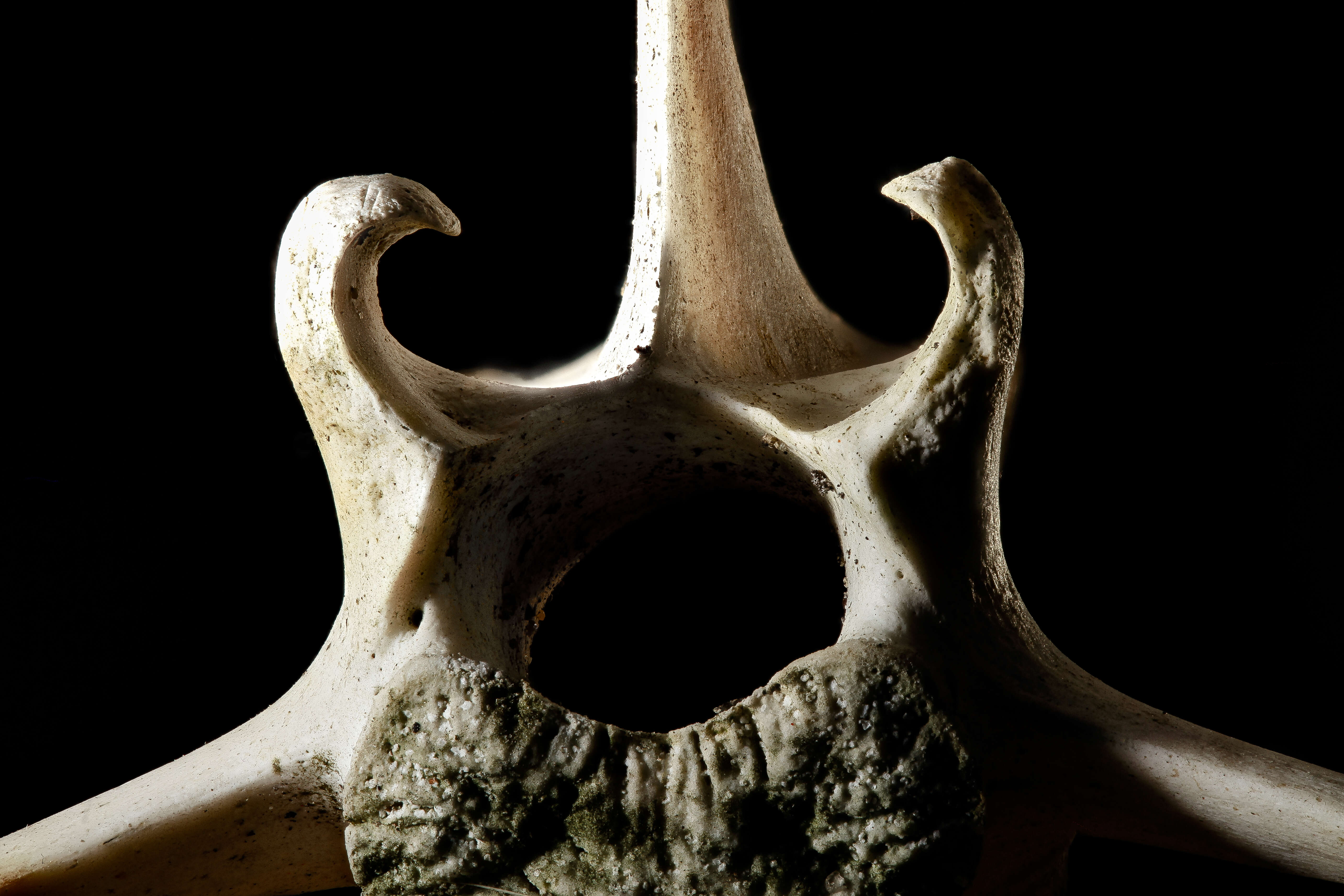Bones and eggs don't photograph well with our standard photography set up. The light is too uniform and omnidirectional. Specimens simply wash out and the lovely shapes are difficult to see or, at least, appreciated. Enter the snott. A snoot is just a cone set over a flash that makes the light uniderectionalish. I made one out of tin foil and then used the other flash to bounce weakly off a Styrofoam box to fill in some shadows just a bit. This, by the way, is a white tail deer vertebra. More to come in the future.
~~~~~~~~~~{{{{{{0}}}}}}~~~~~~~~~~
All photographs are public domain, feel free to download and use as you wish.
Photography Information: Canon Mark II 5D, Zerene Stacker, Stackshot Sled, 65mm Canon 100mm 2.8 macro lens, Twin Macro Flash in Styrofoam Cooler, F5.0, ISO 400, Shutter Speed 200
Beauty is truth, truth beauty - that is all
Ye know on earth and all ye need to know
" Ode on a Grecian Urn"
John Keats
You can also follow us on Instagram - account = USGSBIML Want some Useful Links to the Techniques We Use? Well now here you go Citizen:
Art Photo Book: Bees: An Up-Close Look at Pollinators Around the World
www.qbookshop.com/products/216627/9780760347386/Bees.html...
Basic USGSBIML set up:
www.youtube.com/watch?v=S-_yvIsucOY
USGSBIML Photoshopping Technique: Note that we now have added using the burn tool at 50% opacity set to shadows to clean up the halos that bleed into the black background from "hot" color sections of the picture.
www.youtube.com/watch?v=Bdmx_8zqvN4
PDF of Basic USGSBIML Photography Set Up:
ftp://ftpext.usgs.gov/pub/er/md/laurel/Droege/How%20to%20Take%20MacroPhotographs%20of%20Insects%20BIML%20Lab2.pdf
Google Hangout Demonstration of Techniques:
plus.google.com/events/c5569losvskrv2nu606ltof8odo
or
www.youtube.com/watch?v=4c15neFttoU
Excellent Technical Form on Stacking:
www.photomacrography.net/
Contact information:
Sam Droege
sdroege@usgs.gov
301 497 5840



